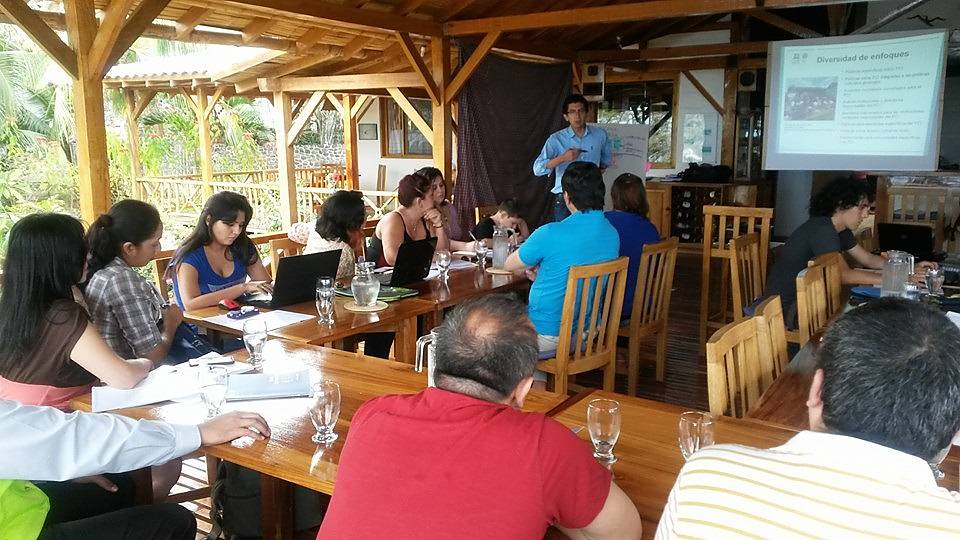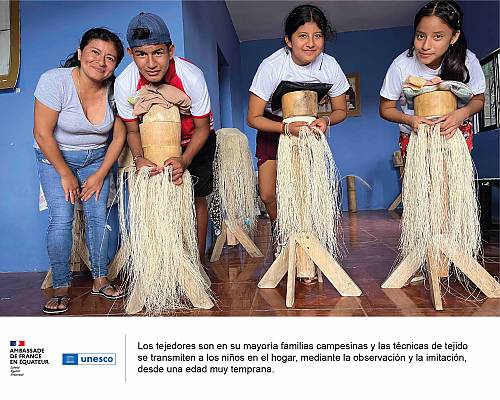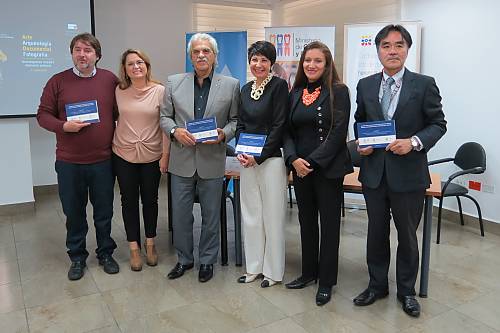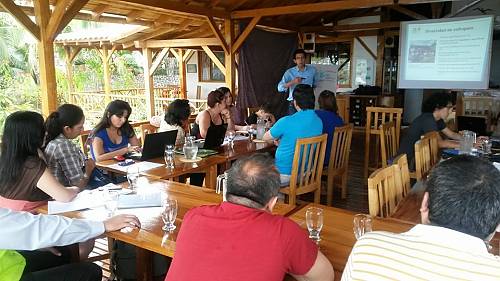The capacity-building programme in Ecuador that the UNESCO/Japan Funds-in-Trust for Safeguarding Intangible Cultural Heritage has supported for two years concludes with a national meeting in Quito, from 9 to 11 November 2016. Focusing on public policy tools for safeguarding intangible cultural heritage, the meeting will gather over 35 participants who will share the inputs generated over a series of three workshops that were conducted on this topic throughout 2016 in Loja, Riobamba y Puerto López in the south, the central region and the pacific coast of Ecuador, respectively.
The meeting will bring together local government officials, intangible cultural heritage bearers and academics who collaborated in the regional workshops with representatives of other governmental organizations such as the National Institute of Cultural Heritage, the Ministry of Culture and Heritage, the National Secretariat of Planning, the Ministry Coordinator of Human Talent, the Association of Municipalities, the National Secretariat of Higher Education, the Ministry of Health, the Metropolitan Heritage Institute, the Ecuadorian Institute of Intellectual Property and national universities.
Organized around five working groups, discussions will cover some of the guiding principles of the Methodological Guide for Safeguarding Intangible Cultural Heritage, published in 2013 by the National Institute of Cultural Heritage, such as awareness-raising and citizen participation and sustainability. Discussions will also cover more recent national priorities such as the transfer of competencies regarding cultural heritage to the Decentralized Autonomous Governments or the role of intangible cultural heritage for recovery from post-disaster situations, following the earthquake that shook the country in April 2016. Participants will engage in an inter-sectoral dialogue to systematize the issues and guidelines identified at the decentralized level, with a view to design national strategies in each of these thematic areas. The aim is to ensure the presence of intangible cultural heritage as a cross-cutting theme in public policies within the framework of Ecuador’s National Plan for Well-Being.
Project:
-
Strengthening capacities for safeguarding intangible cultural heritage in Ecuador (1 February 2015 – 1 June 2017)




